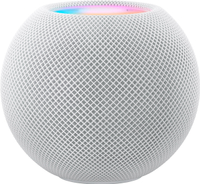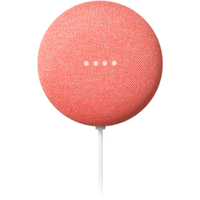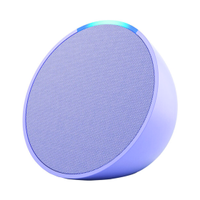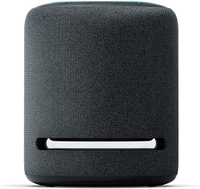Best smart speakers 2025 — Alexa, Google, and Siri tested
The best smart speakers add a smart assistant to your home to control connected gadgets, play music, and more
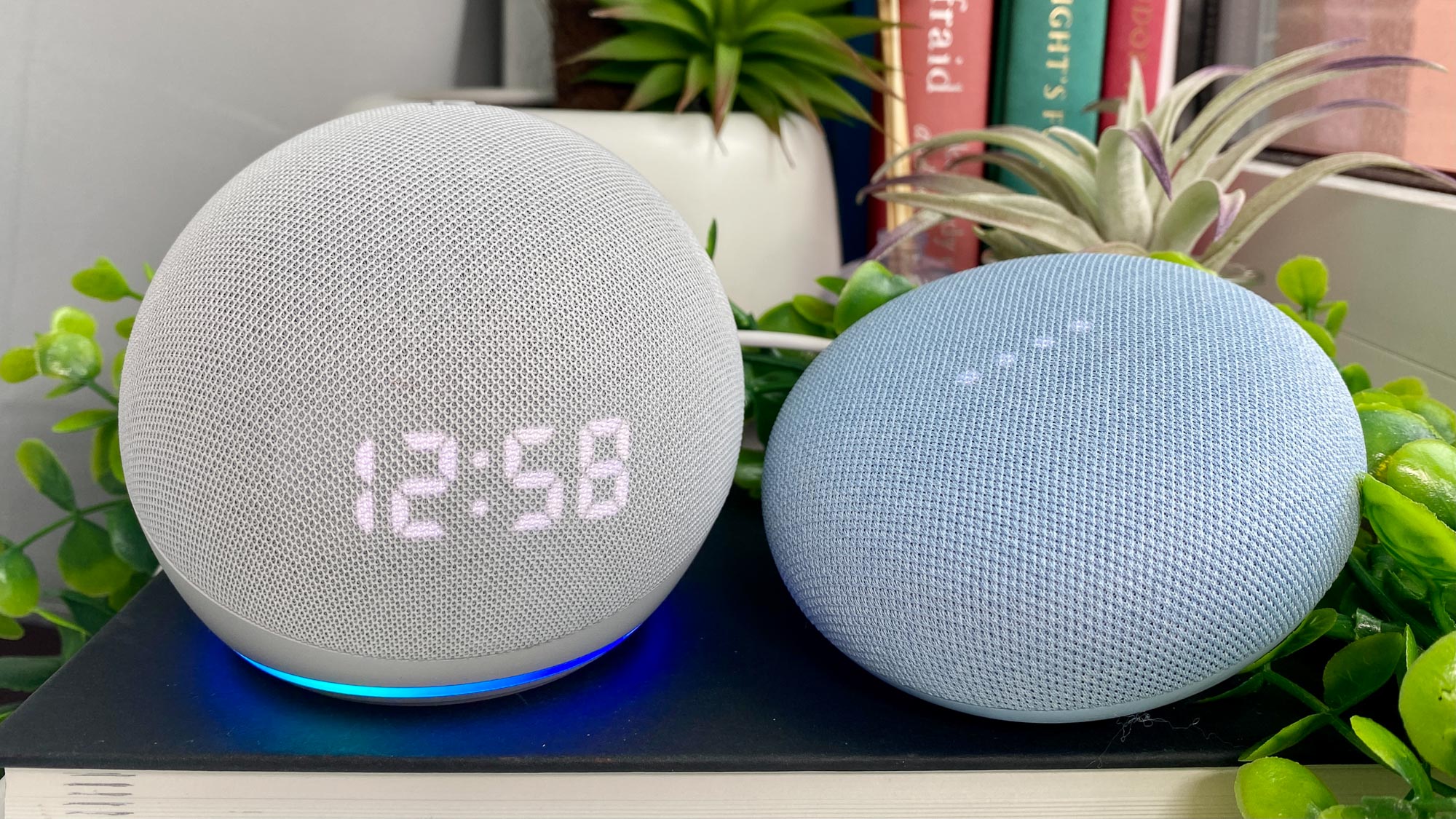
The best smart speakers offer oodles of functionality beyond playing music. Smart speakers come with built-in voice assistants equipped with skills to help you with a range of everyday tasks. You can use these smart assistants to look up the latest news or weather report, control the best smart home devices like smart lights, or even place phone calls.
After testing dozens of smart speakers, we find the $99 Amazon Echo (4th gen) is the best option for most people. This Alexa-powered speaker not only fills the room with sound but also has a wealth of useful features, including a built-in Matter smart home hub, temperature sensor, and an Eero Wi-Fi satellite to create an ad-hoc Wi-Fi network in your home. If you're on a budget, the $59 Amazon Echo Dot (5th Gen) has the same sensors with a smaller speaker system.
Of course, we have plenty of other picks on the page, for smart speakers that work with Alexa, Google Assistant, Siri — or some combination of them. We've tested them all in our homes, listening to see which offers the best in terms of sound quality, but also which is the most capable when it comes to helping manage all the other devices in your smart home.
The quick list
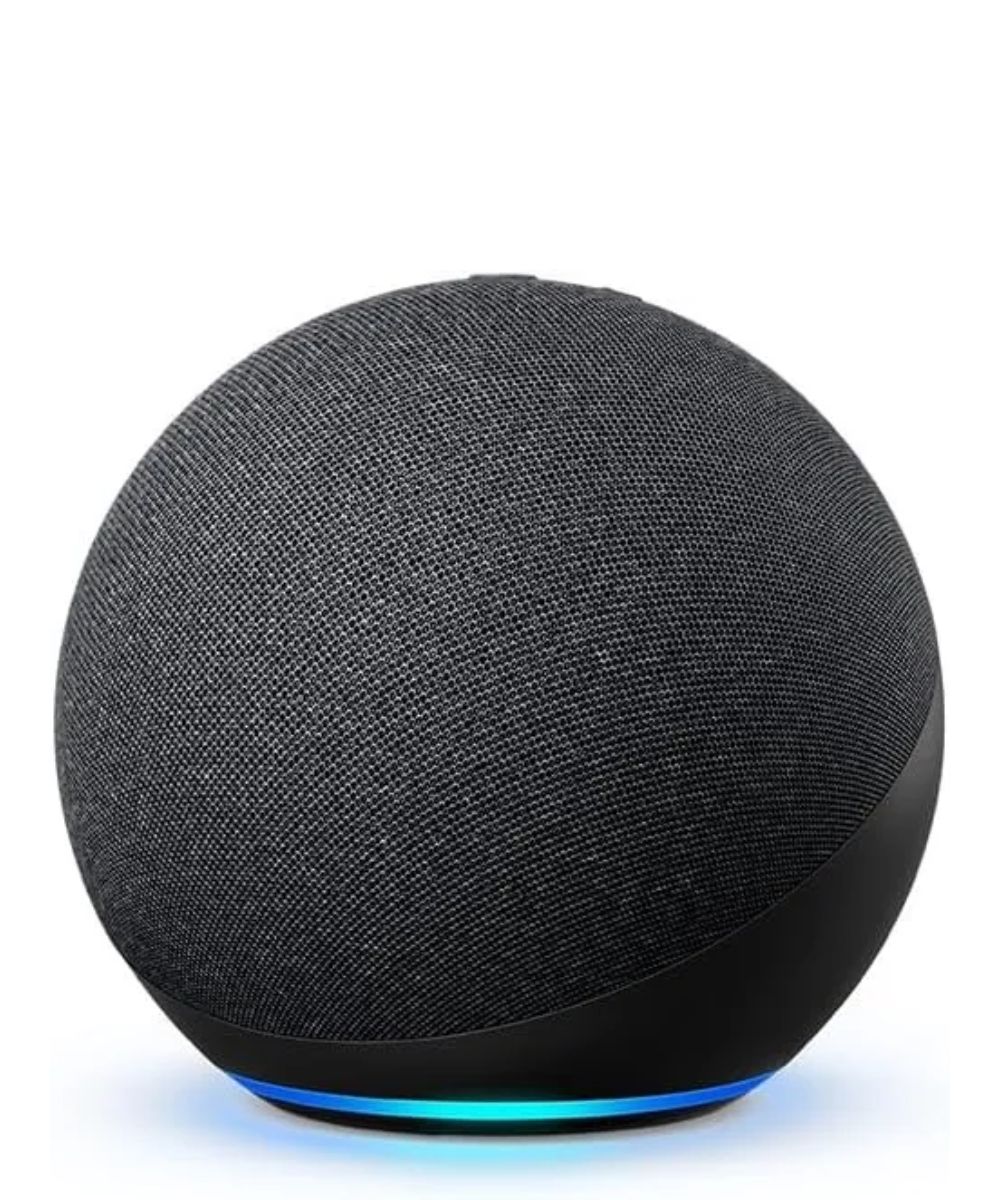
A new spherical design and beefier internals gives this Echo a rich sound without breaking the bank. It has a Matter and Zigbee hub built-in that lets this Echo lay a foundation for the rest of your connected smart home products.
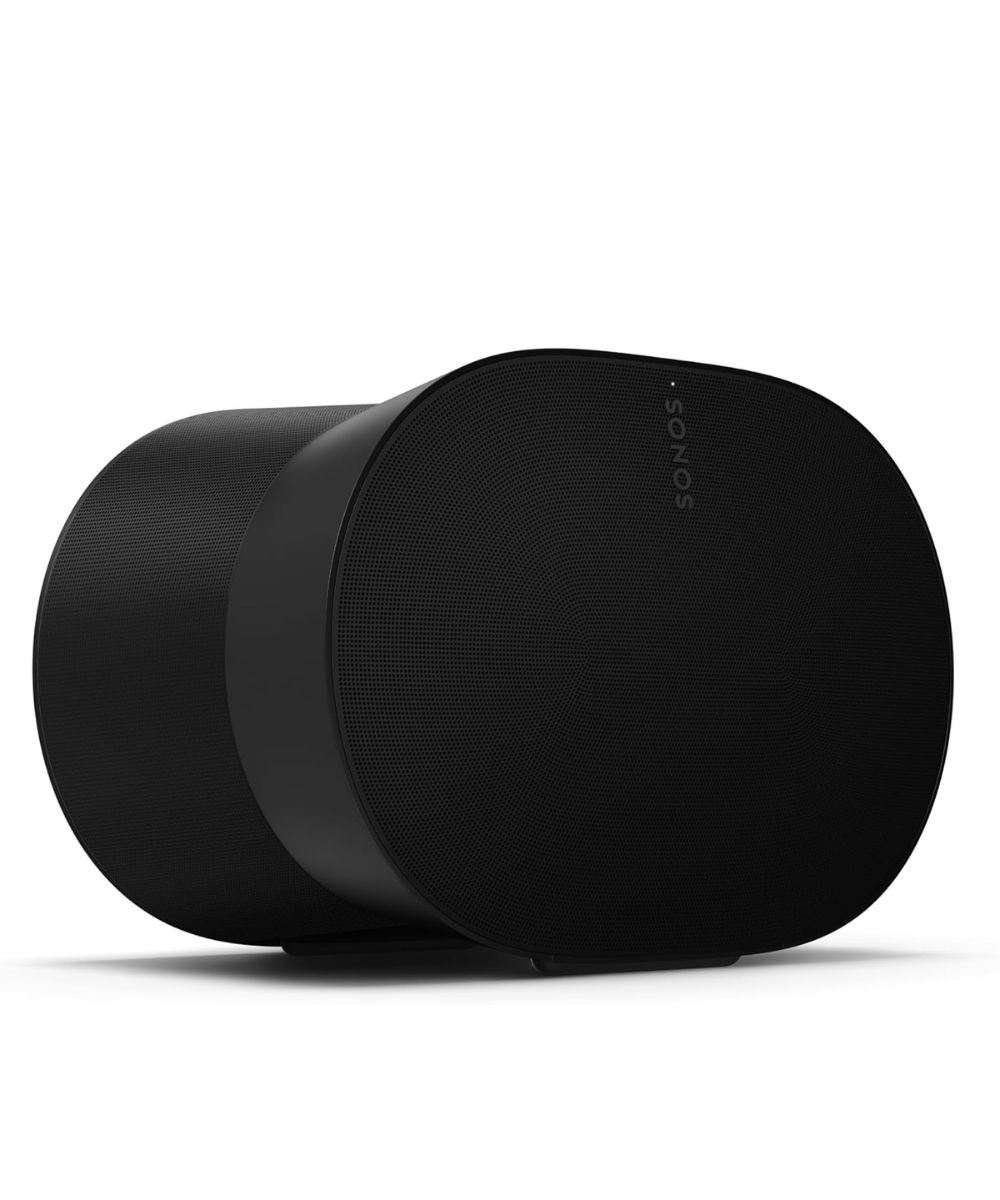
Sonos' smart speaker boasts a radical design and spatial audio support. It wraps your room in sound with clean audio free from any distortions even at maximum volume.
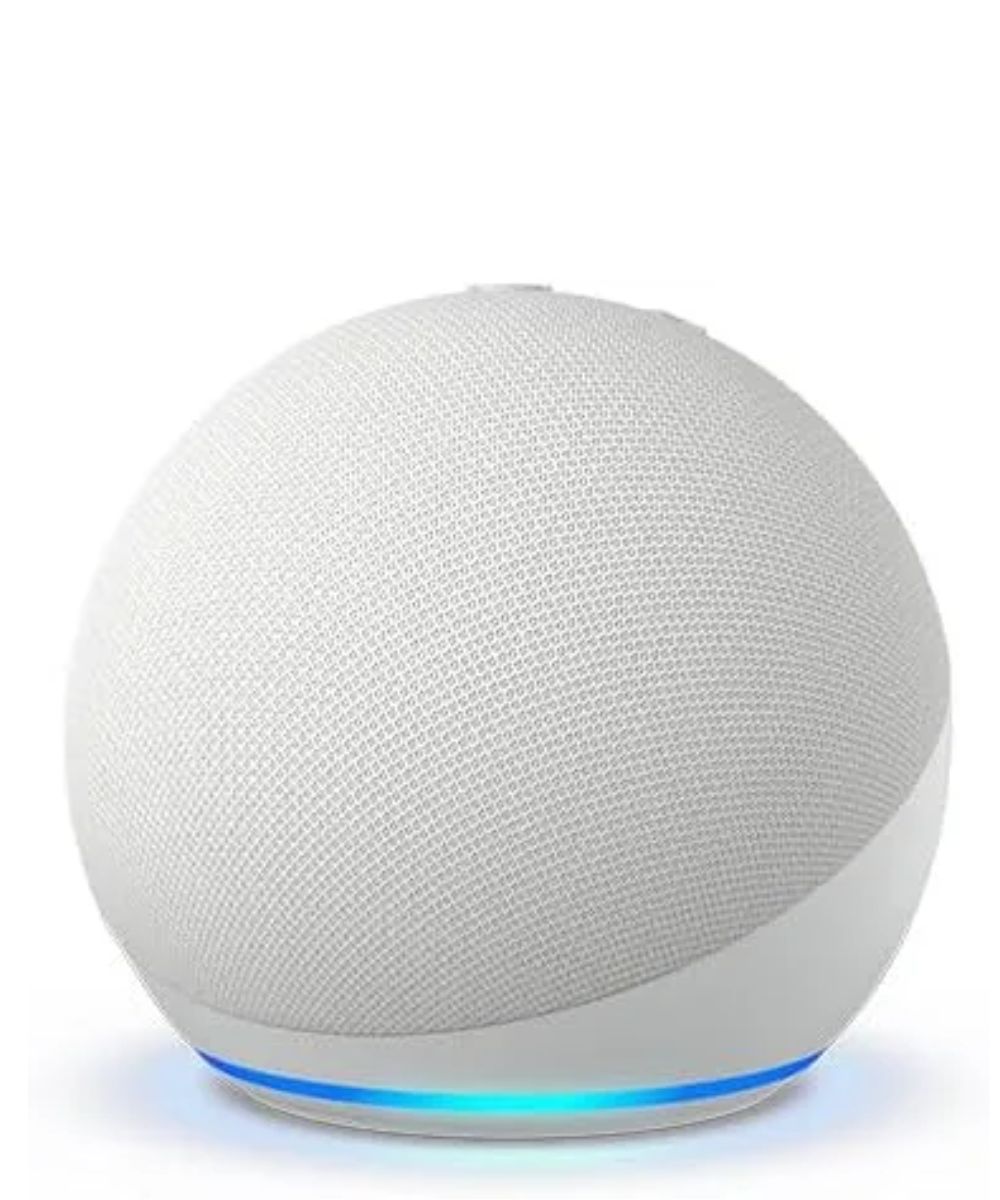
The newest Echo Dot provides room-filling sound and built-in sensors that can be used in your Alexa smart home routines. You can stack these throughout your home to quickly access voice commands or extend your eero Wi-Fi setup.
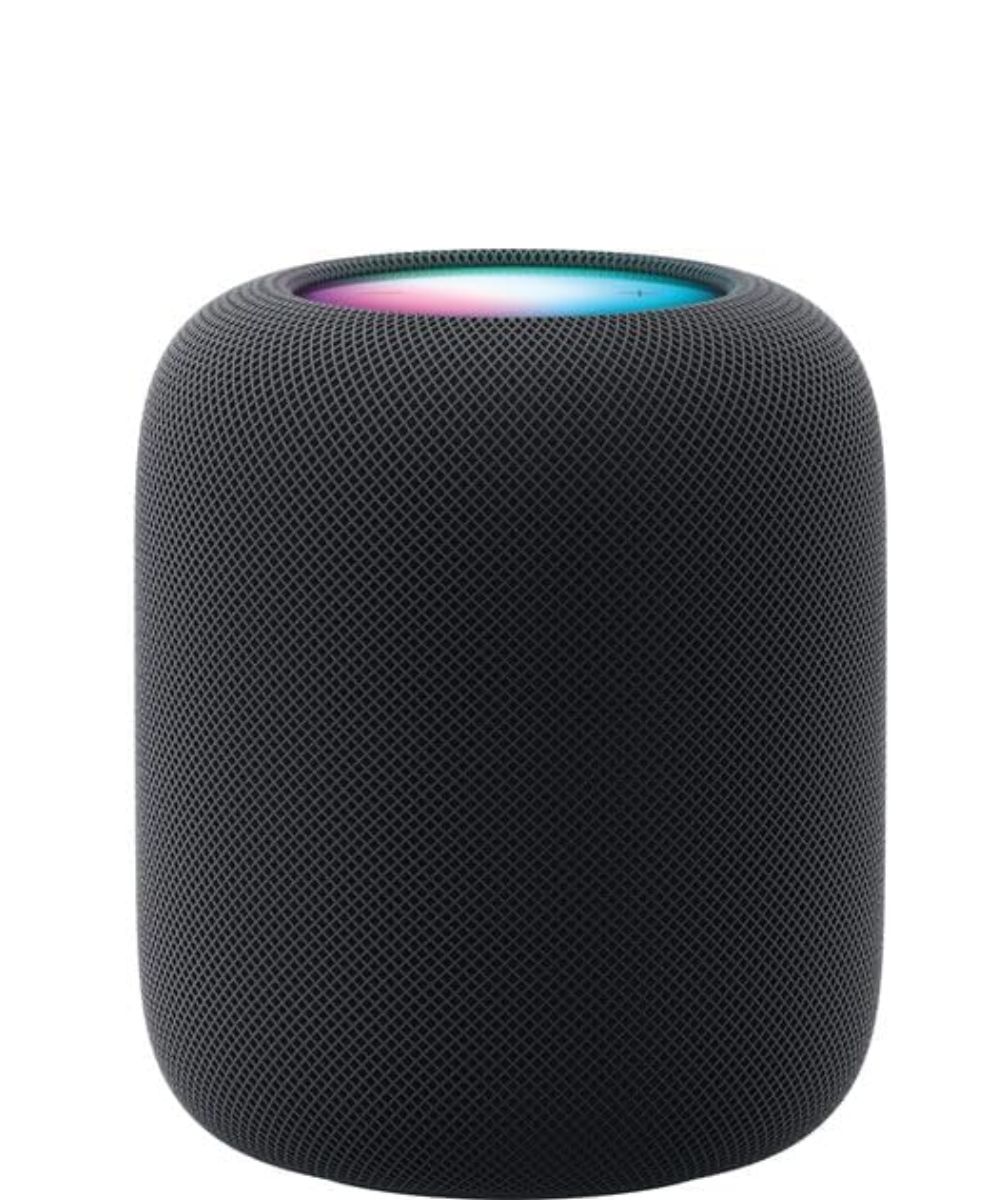
Apple's flagship smart speaker has been upgraded with beefier bass, redesigned tweeters, and sensors for smart home monitoring and control. Apart from music, you can also link a HomePod 2 (or two) to an Apple TV 4K for more immersive sound.
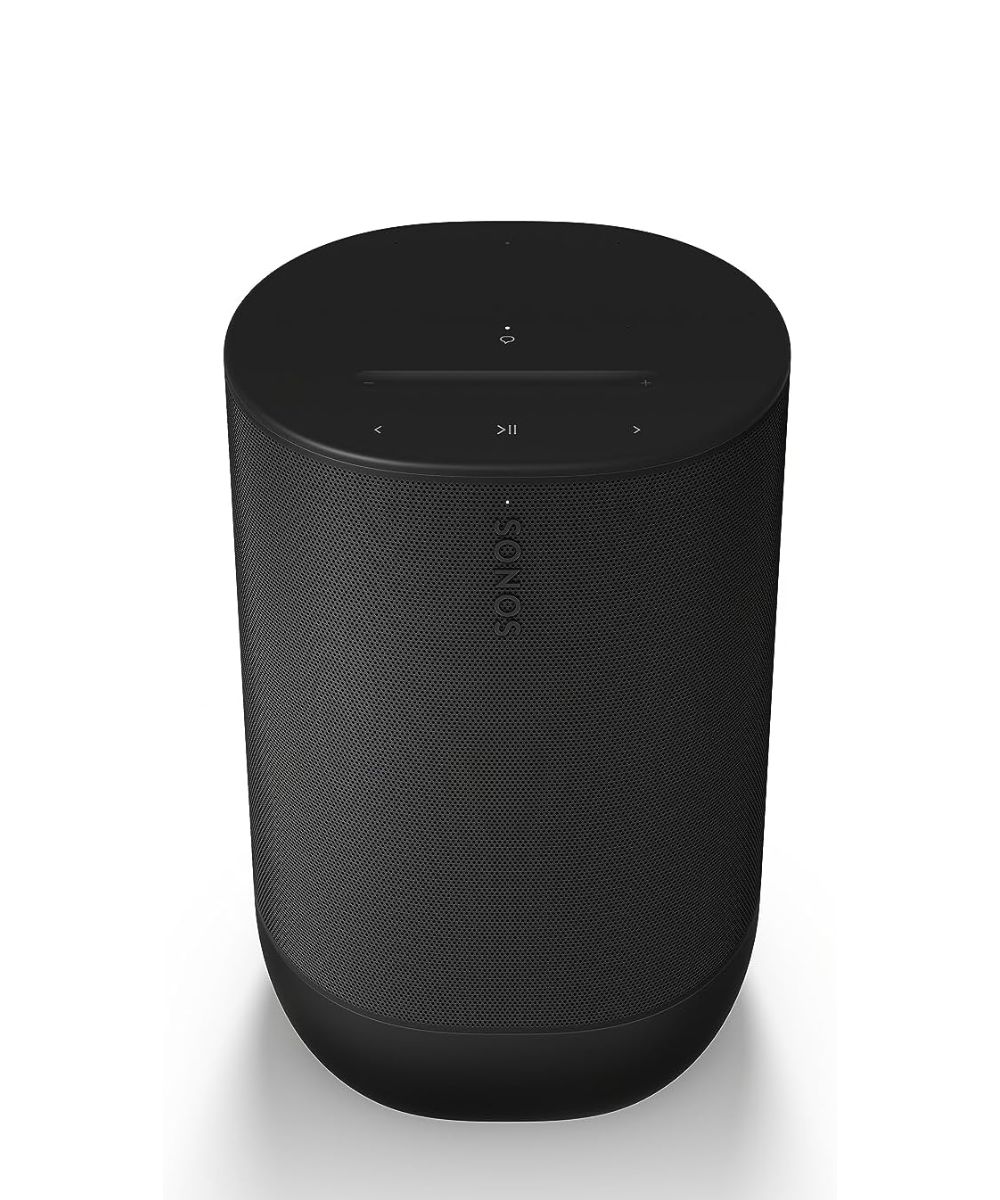
This portable speaker packs incredible sound, along with a battery that lasts up to 24 hours. And, you can connect it with other Sonos speakers for multi-room audio.
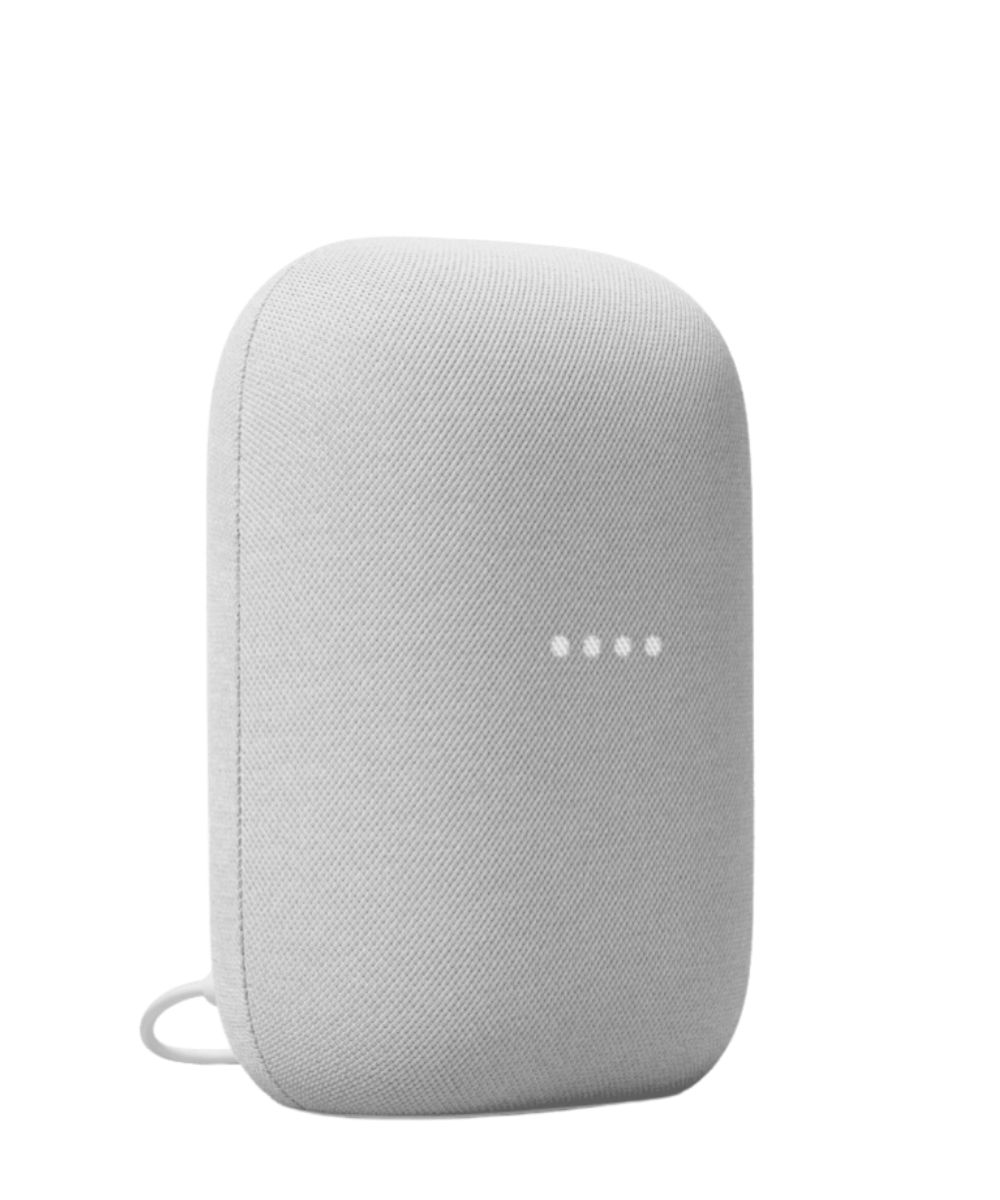
Not only is it one of the best smart speakers in terms of sound — thanks to on-device processing, Google Assistant gives speedy responses, which comes in handy when searching for music or getting a morning rundown while you're in a rush.
Click to expand list
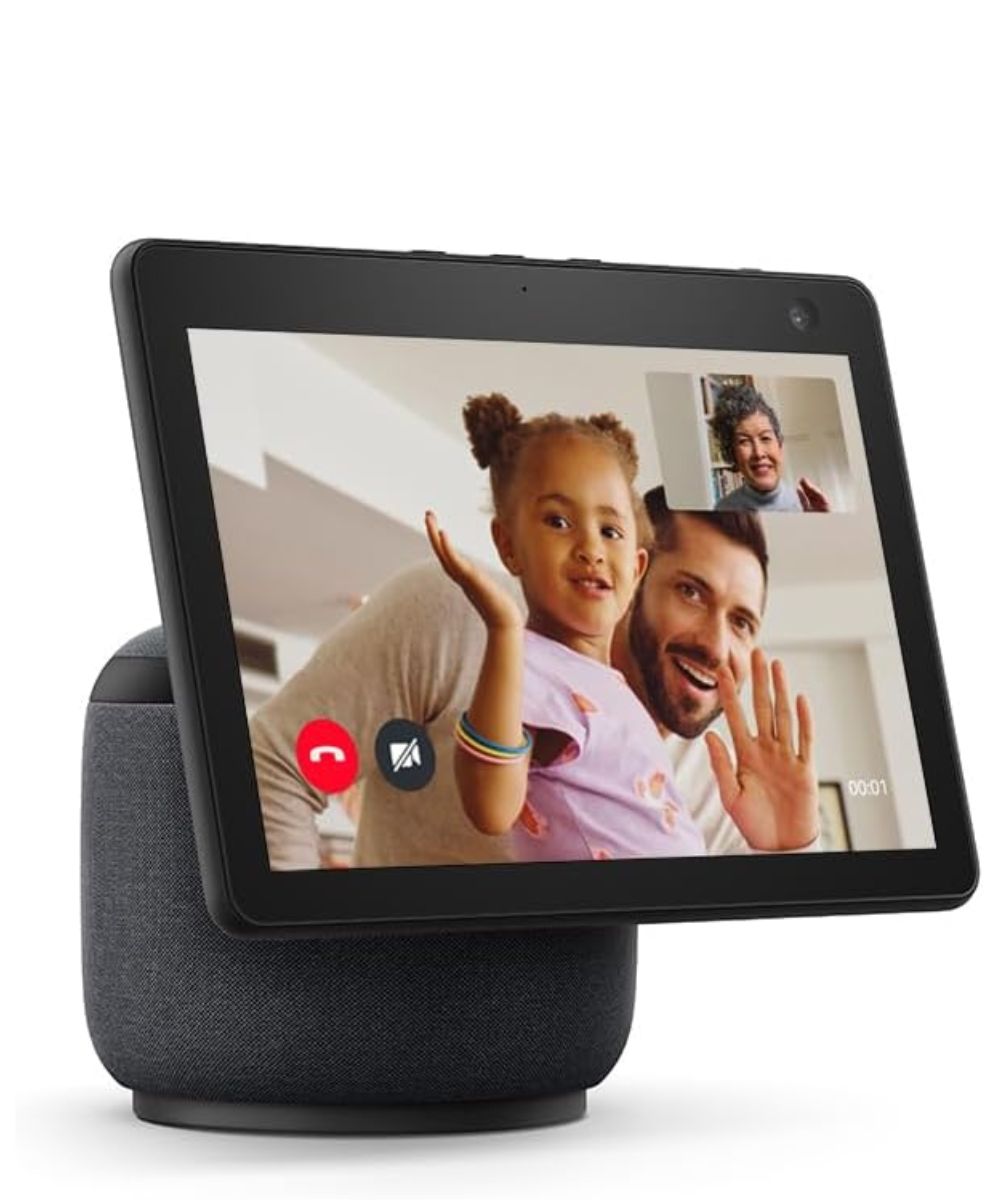
Amazon's rotating smart display has the best sound of any we tested. That's thanks to the large tweeters and woofers built into the base that create detailed highs and rumbly lows.
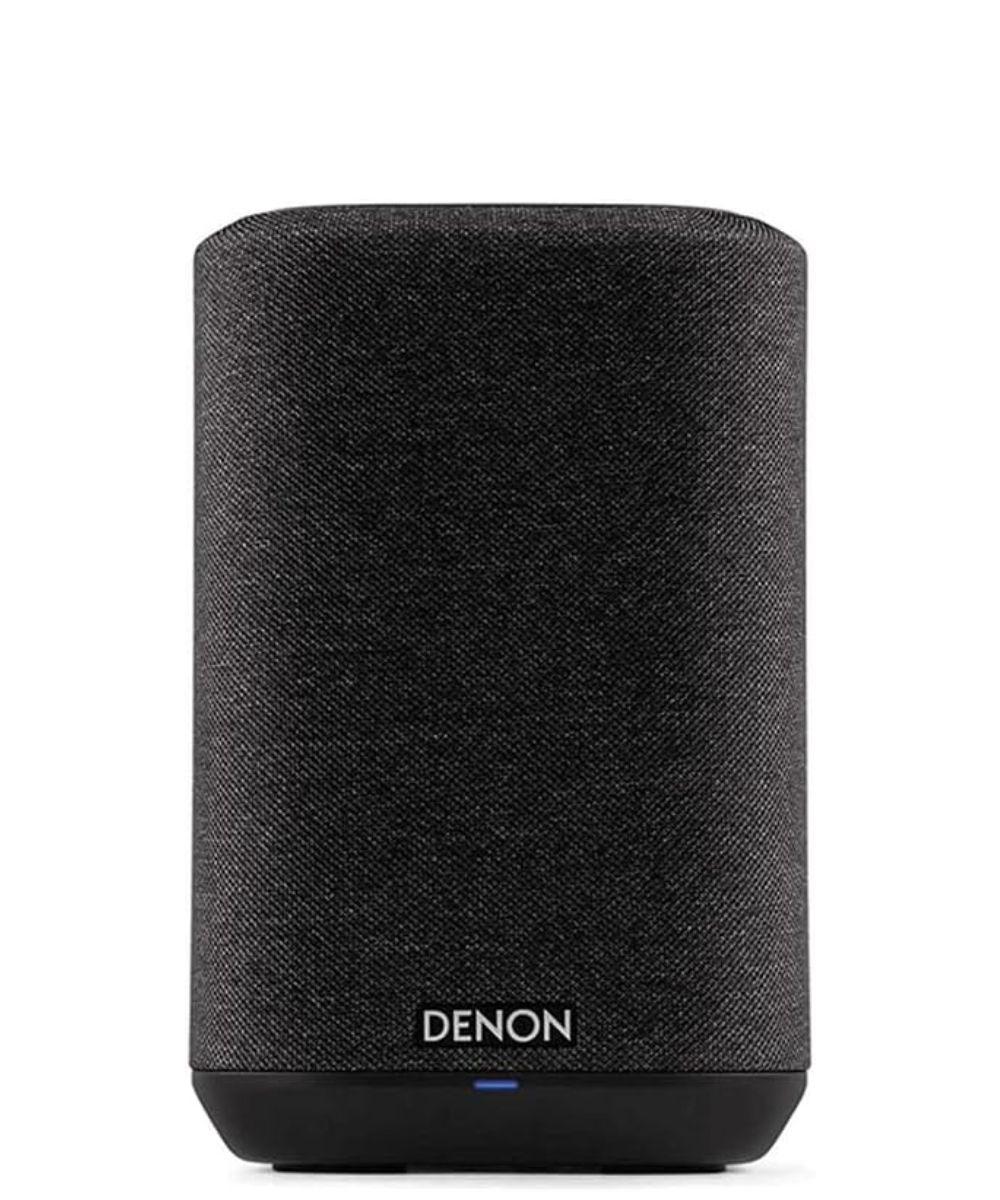
The Denon Home 150 has all the right Wi-Fi smarts for listening to music, and has bigger bass than most when used as part of a surround sound home theater setup.
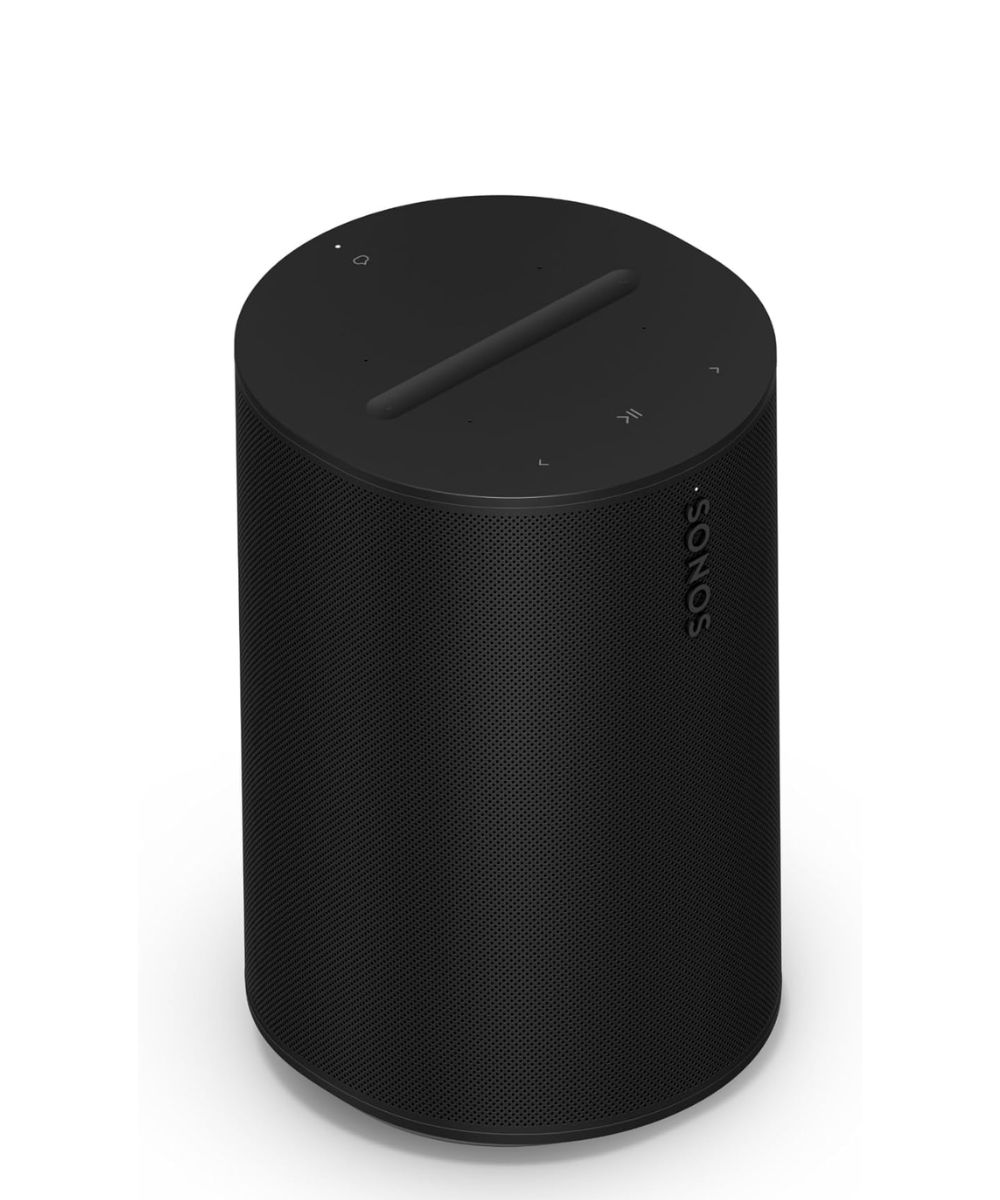
The Sonos Era 100 offers bigger, clearer sound and improved Bluetooth connectivity, and it lets you play from all the top streaming services as well as a turntable.
The best smart speakers you can buy today
Why you can trust Tom's Guide
Best for most people
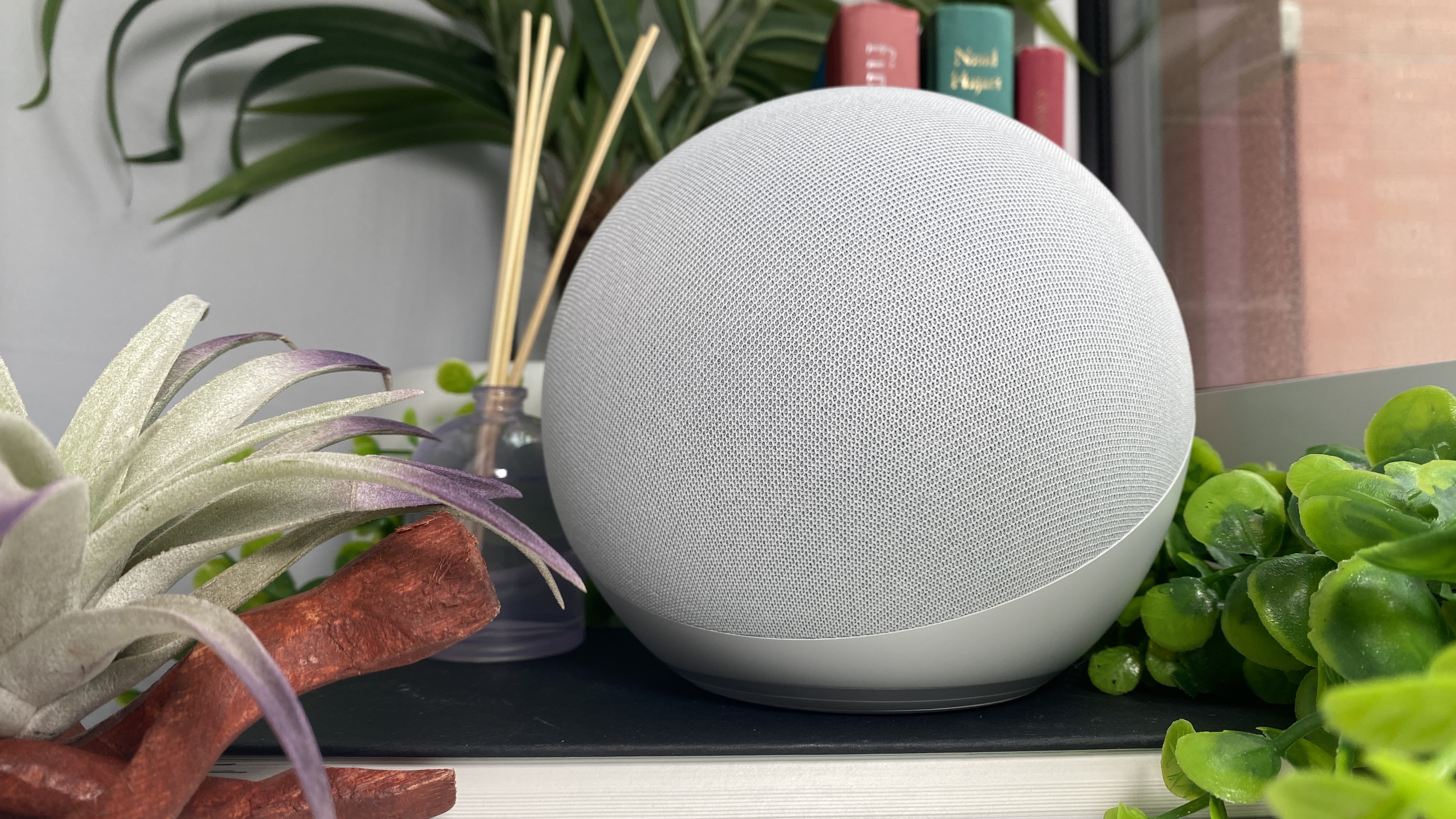

Specifications
Reasons to buy
Reasons to avoid
Amazon's 4th-generation Echo smart speaker is the best option for most people. It creates a rich sound that fills the room, comes loaded with smart home features like a built-in Matter hub, and has great connectivity. Most importantly, it does all of this for under $100.
We liked how the new sphere-shaped design shoots audio outward from all angles. This creates a wider soundstage for more bass and separation in layers for a noticeably more immersive listening experience. The 3-inch woofer and dual 0.8-inch tweeters can get loud but never crackly or distorted. It's not the absolute best performance you can achieve like with the Sonos Era 300 below. We found that vocals sound slightly more compressed on the Echo, and you don’t get extras like dynamic audio. However, it gets roughly 80% there at a third of the price.
You can also sync the Echo to act as a speaker for your Fire TV. In fact, you can pair two Echos for stereo sound to create a smart sound bar system. But that's just the tip of how many devices you can connect to this speaker. With Bluetooth and an audio in/out port, you can jack your devices directly into the Echo.
Apart from its audio capabilities, the Echo shines as a smart home hub, too: this speaker houses a Matter and Zigbee hub. This discovers devices from your network to sync them with your Alexa smart home effortlessly. Plus there's built-in sensors to detect motion and temperature changes. You can use these to trigger smart home routines when a room gets too cold or turn on the lights when someone walks into a room.
All of this functionality and performance for the price makes the Echo a universal pick for any setting from a kitchen to your home theater. If you’re looking for the best value then you can’t beat this.
Read our full Amazon Echo (4th gen) review.
Best sound performance
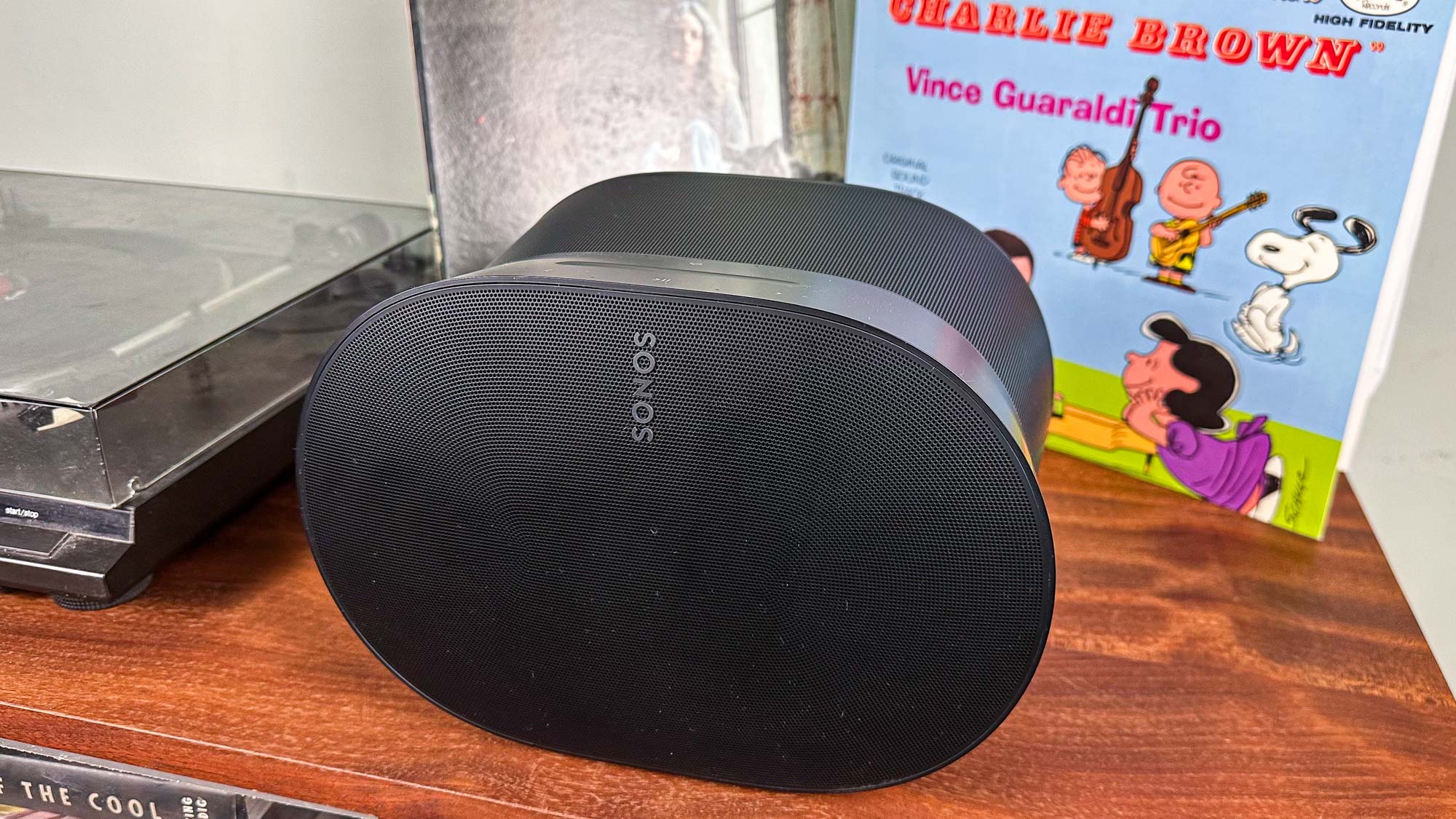

Specifications
Reasons to buy
Reasons to avoid
If you want to wrap your room in audio from a single speaker, the Sonos Era 300 is worth the investment. Despite being smaller than a shoebox, the Era 300 can create distinct layers for full backing effects and vocals. That's thanks to this smart speaker's two woofers and four tweeters for unmatched sound quality. It supports Dolby Atmos spatial audio, meaning that compatible music tracks will feel like they're enveloping you from all sides.
Since it's Sonos, you can stream Dolby Atmos tracks from both Apple Music and Amazon Music Unlimited. The Era 300 comes equipped with Wi-Fi 6, Airplay 2, and Bluetooth, making it easier for your guests to stream music from their phones to your speaker. We also like that the Era 300 is both retro- and future-proof: A backside USB-C port lets you hook it up to your turntable, and both Wi-Fi 6 support means it'll work with the next generation of wireless routers. Our biggest quibble with this audio system is that you need to connect it to a Sonos soundbar if you want to use its spatial audio capabilities when watching movies.
Sonos plays nice with Alexa and comes with Amazon's assistant built-in. You can control your Alexa smart home devices, get the latest news, and set timers. However, you won't get the full Alexa experience. Features like making calls, "dropping in" on other Echo devices as an intercom, or accessing Alexa Emergency Assist are exclusive to Amazon's hardware. The Era 300 also lacks a built-in smart home hub, so you can't connect smart home devices directly to it. You can rectify that by buying one of the best smart home hubs instead.
Despite the high price tag, the Era 300 also doesn't include the smart home extras we've come to expect. For example Apple's HomePod 2 has a temperature sensor and can listen out for alarm tones to send a notification to your phone. You can use the Sonos to kick off routines using voice commands; however, it won't sense changes in the environment to automatically respond when someone enters the room or the temperature drops. That's a shame when even Amazon's budget Echo Dot (5th Gen) acts as a mesh Wi-Fi extender, detects motion, and senses changes in temperature to kick off routines automatically.
The Era 300 is for the audiophile who wants the best sound quality from their smart speaker. Just bear in mind it's not the ideal setup for smart home features. It doesn't act as a bridge to recognize your smart home devices, lacks sensors to trigger automation, and is purely focused on providing the best audio experience possible.
Read our full Sonos Era 300 review.
Best budget
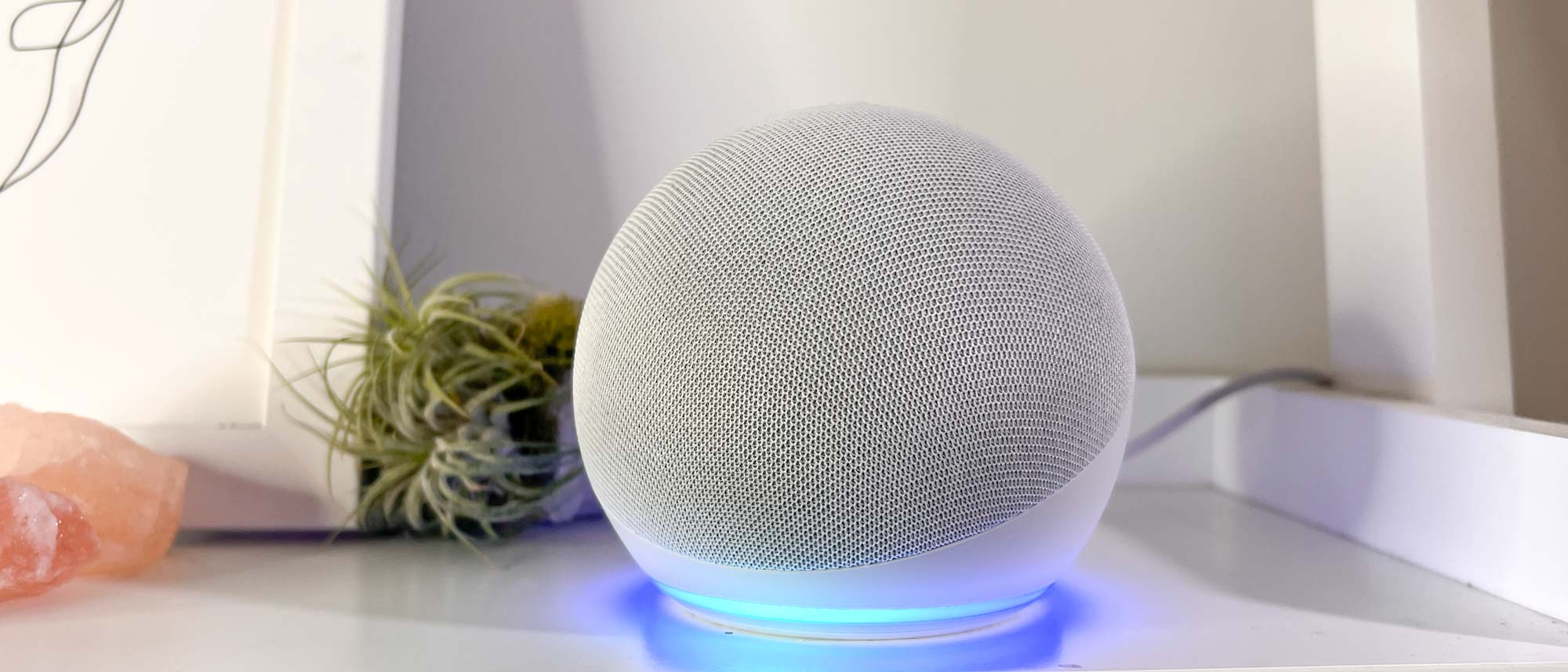
3. Amazon Echo Dot (5th Gen)
Our expert review:
Specifications
Reasons to buy
Reasons to avoid
Amazon's upgraded Echo Dot is a budget beast. This smaller Echo features the same spherical shape as our top pick for room-filling sound and most of the same smart home features. That includes the temperature and motion sensors of the bigger Echo—which is a lot of functionality for $60.
I have several Echo Dots scattered around my home in more closed spaces like my bathrooms, bedroom, and office. Their 1.73-inch speaker gets incredibly loud with a clear distinction between the instrument and vocal layers. Several of our staff members take advantage of the Dot's temperature sensors to run smart home routines when our rooms get too hot or cold. That's a nifty additional use case when temperature sensors can cost as much on their own. Plus, if you have an Eero mesh router system, they can act as mesh nodes to extend your Wi-Fi network.
You get both an affordable media device an even better smart home companion that can tell you the exact temperature of the room it's in and kick-off Alexa routines that control your climate. Truly, the only sacrifices from the Echo are the smaller speakers and that it doesn't have the 3.5mm audio out port found on the previous Amazon Echo Dot (4th Gen). But if you plan to build a smart home around this device, you'll want to spend the extra money on the standard Echo since the Dot lacks the built-in Matter and Zigbee smart home hub its big sibling has.
Read our full Amazon Echo Dot (5th Gen) review.
Best for HomeKit
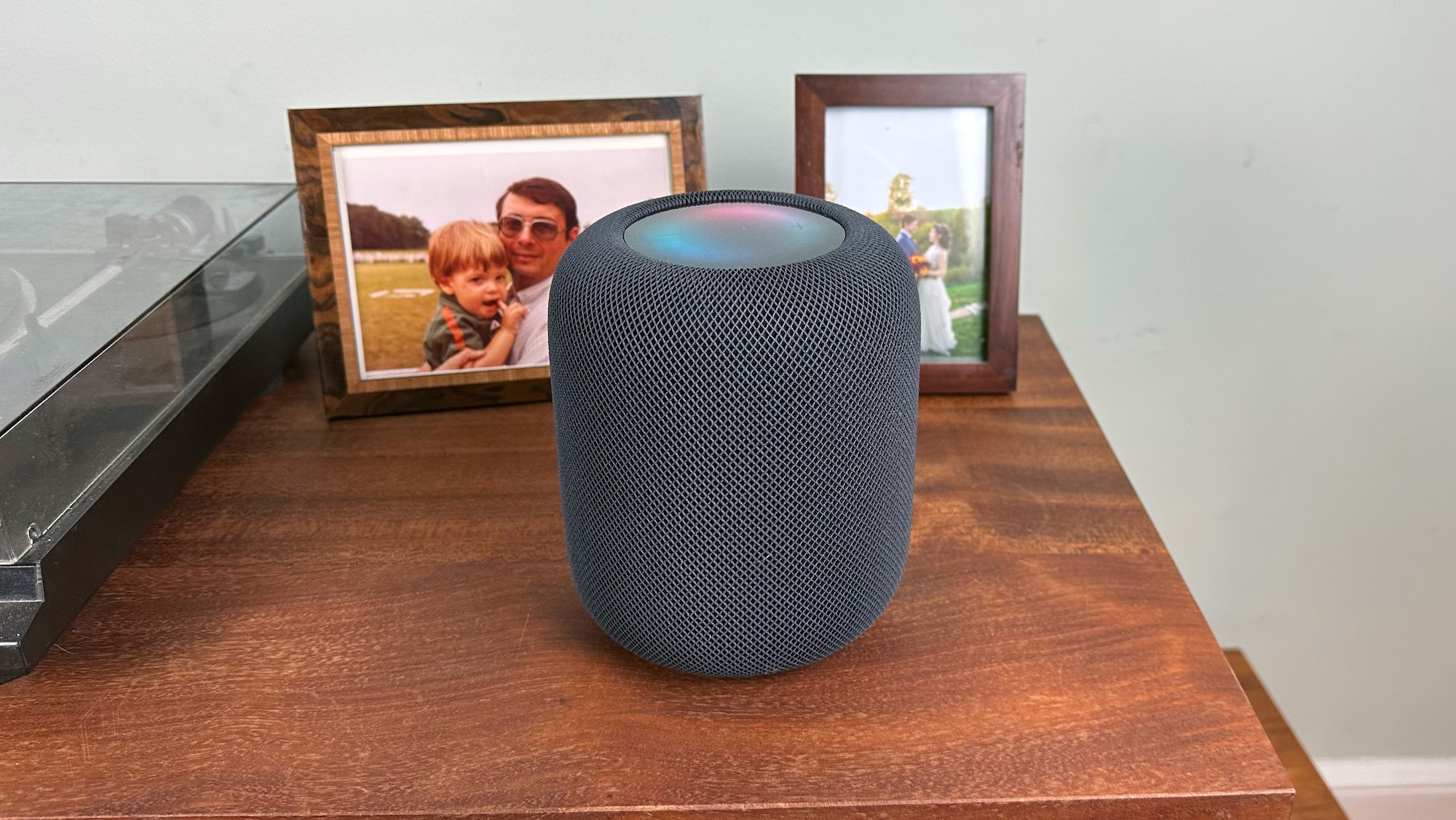

Specifications
Reasons to buy
Reasons to avoid
Apple's HomePod 2 delivers some of the best sound we've heard from a smart speaker. That's thanks to a beefier woofer and redesigned tweeters, which pumps out some impressive audio. And, it's also compatible with Dolby Atmos, so you can play spatial audio tracks — even if it's just from Apple Music. Like the rest of the tech giant's hardware lineup, the HomePod primarily locks you into its ecosystem. Apple has opened up Siri to work with third-party music services such as Spotify, Pandora, Deezer, TuneIn Radio, and iHeartRadio.
This second-generation HomePod uses its microphones to listen for echoes, so it can sonically "map" the room it’s in and then adjust the audio output to sound best for that room. It’s all done automatically, without you needing to do anything. While vocals sound slightly better on the Sonos, the HomePod gets more bassy and turned our tester's home into a club-like atmosphere playing everything from Tupac's "California Love" to "Let It Go" from Frozen. This speaker has some serious range.
Apple has added some more smarts to its smart speaker, too. Its gorgeous circular touchscreen is larger than the original, and inside the HomePod 2 are temperature and humidity sensors, which you can use to automate smart home scenes using HomeKit. Its microphone array can even listen for the sound of a smoke or carbon monoxide detector, and send you an alert on your iPhone, iPad, or Apple Watch. The HomePod 2 also supports Matter by acting as a smart home hub, so you can more easily add other smart home devices once they come on the market.
Apart from music, you can also link a HomePod 2 (or two) to an Apple TV 4K for audio output, which makes watching movies even more exciting. To evaluate the HomePod 2’s movie prowess, our tester spun up Top Gun: Maverick, and was impressed with the hugely immersive soundscape and the roar of the F/A-18 fighters. As with music, though, vocals — especially during music tracks — were a bit muted. In our review, we noted that "Kenny Loggins sounded like he was still driving to the on-ramp of the Highway to the Danger Zone."
The latest HomePod is the perfect smart speaker for the Apple loyalist. It sounds as good as it looks with plenty of interoperability between Apple devices for those in the walled garden. If you don't have many Matter or HomeKit capable smart home devices this could be harder to justify. On the flip side it's a great entryway to starting an Apple HomeKit smart home.
Read our full Apple HomePod review.
Best portable
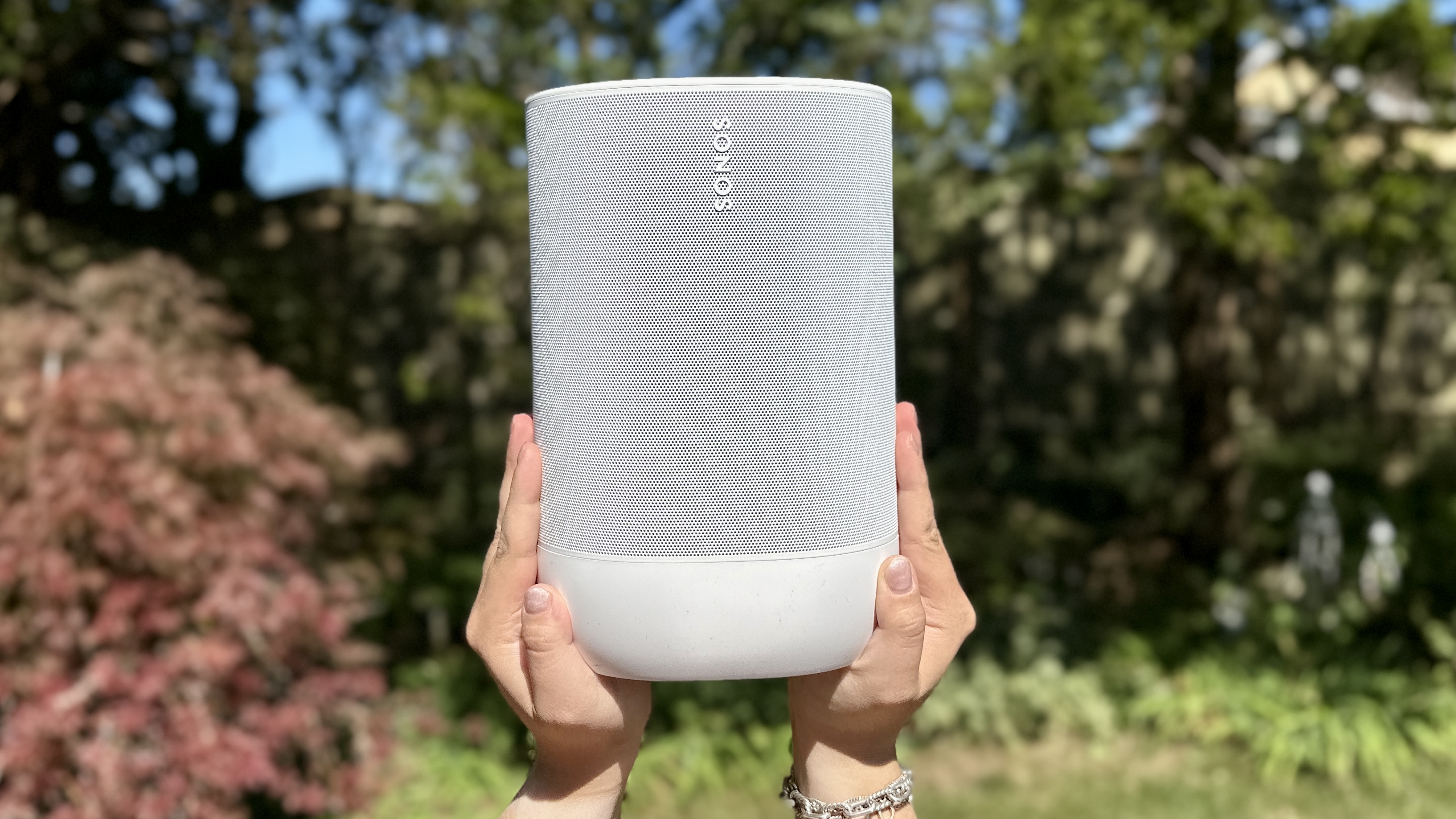

Specifications
Reasons to buy
Reasons to avoid
There aren't many portable smart speakers to choose from, but the Sonos Move 2 is the best-sounding one we've used yet. Our tester had no problem carrying it between home and outdoor spaces while jamming out to Sonos' extensive streaming collection. Its defining feature is Auto TruePlay which uses internal microphones to adjust its sound to optimize it for its current location.
The speaker mesh covers most of the exterior, giving way to a concave control panel on the back. This panel houses a power button, a button that lets you switch from Wi-Fi to Bluetooth, and a button that toggles the microphones on/off. The top of the cut-out also doubles as a handle, so you can carry the Sonos Move 2 around. While its large battery lasts up to 24 hours, it adds some heft to the overall package which weighs 6.6 pounds.
The Move is a lot heavier than adding a battery attachment to an Echo Dot (a much cheaper solution). However, the Move is also weather-resistant and can take a beating—we dropped ours a few feet without any damage. Remember that if you move out of range of your Wi-Fi network, you lose most of the Move's smart features (minus the Sonos Voice Assistant) and have to rely on a Bluetooth connection to your phone.
At $440 this is an expensive device. But, if you want the best audio in an outdoor setting, this is the smart speaker to get.
Read our full Sonos Move 2 review.
Best for Google Home
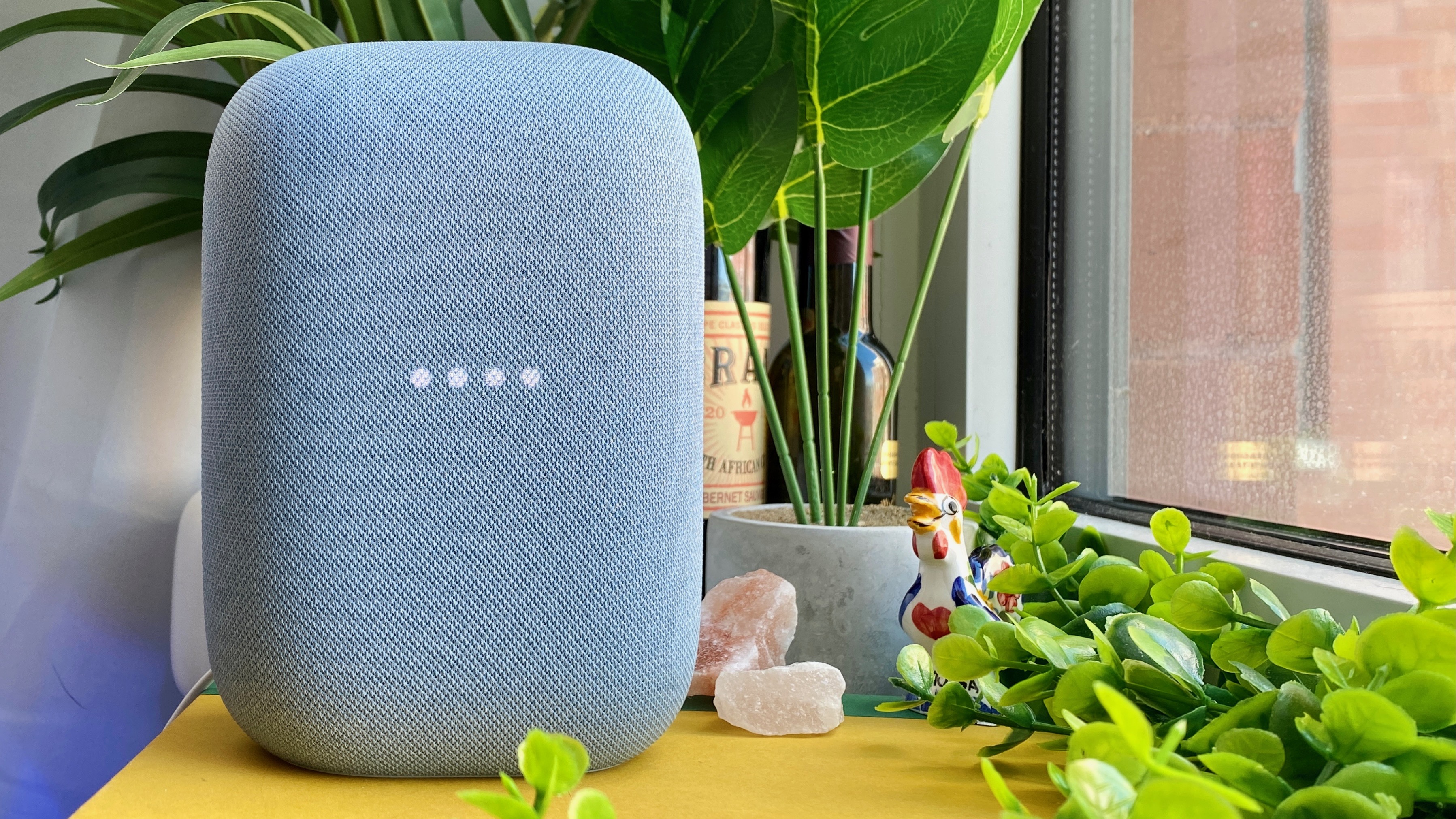

Specifications
Reasons to buy
Reasons to avoid
At $99, Google's flagship Nest Audio costs $30 less than the original Google Home, yet is an improvement over its predecessor in almost every way. This glasses case-shaped smart speaker acts a command center for Google devices and services. It can flood any room with rich sound thanks to its Media EQ feature that adapts audio to the specific space. With the help of Airplay and casting, our tester bounced between the Nest Audio and entry-level Sonos One for a series of their favorite songs.
The Nest holds its own in separating instrument layers like synthetic bongo drums, sizzling cymbal roll and double-tracked bass. Our tester noted that the Nest Audio’s profile favors vocals a smidge more than an artist might intend, but it works well for a speaker trying to flood an entire room with even sound. While overall punchy, bass enthusiasts will find the mid-to-lower range vibrations hit or miss, but they are a noticeable improvement from the original Google Home.
Not only is it one of the best performing smart speakers — thanks to on-device processing, Google Assistant gives speedy responses, which comes in handy when searching for music or getting a morning rundown while you're in a rush. On other Google smart speakers, we've found the virtual butler may take several seconds to search for, say, a song request, but not with the Google Nest Audio.
If you're looking to switch from Alexa or need a more conversational smart home assistant, the Google Nest is for you. If you already happen to have an Android device or TV that supports Chromecast you already have a foot in the ecosystem.
Read our full Google Nest Audio review.
Best smart display
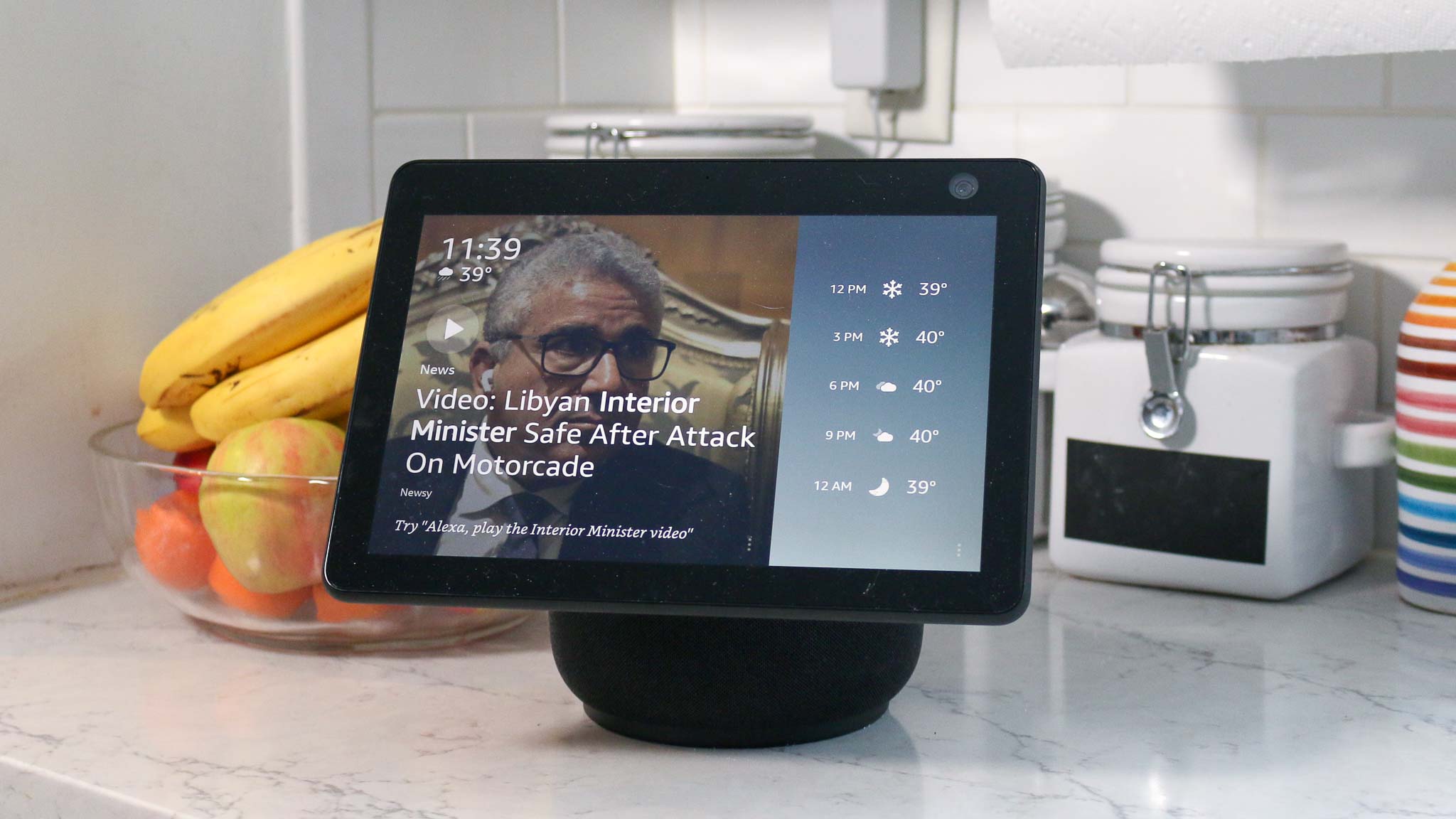
Specifications
Reasons to buy
Reasons to avoid
While we've run the gamut of the best smart displays, the Echo Show 10 stands out from the crowd for its excellent sound and voice command recognition. Its sharp 10-inch screen pulls up visual information, lets you watch shows, and place video calls from one place. Even better, it follows you around the room to keep your activity in the center of your view as you do other things.
This motorized display is mounted atop the cloth-covered speaker base, which houses two 1-inch tweeters and one 3-inch woofer. Its rounded and breathable design helps each detail escape with crisp highs and rumbly lows. The comparable Google Nest Hub Max tended to overemphasize the low end, which makes vocals and other higher-pitched sounds a bit muddy.
The Echo Show also has Matter support and Zigbee radio built-in, so you can directly connect a number of smart home devices (such as smart locks and smart lights) to the Show without needing a separate smart home hub. A rotating display is a real one-upper to the Nest Hub Max and opens up more options for how smart displays are used.
If you want a smart display with the best sound performance and skill set, the Echo Show 10 can't be beat. It offers the most smart home-centric functionality to act as a hub, command center, and entertainment system from a single place.
Best for multiroom setups
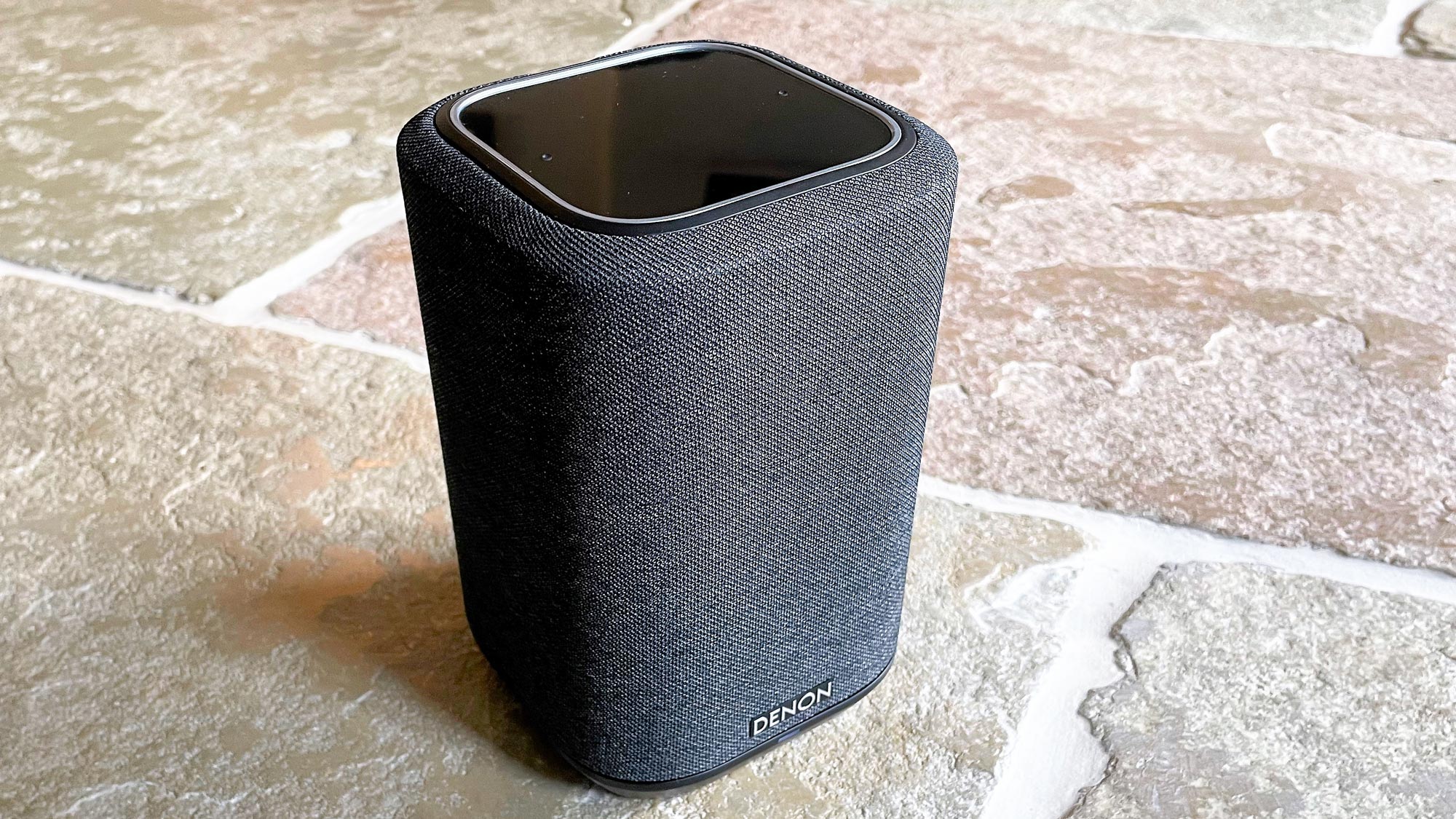

Specifications
Reasons to buy
Reasons to avoid
As one of the most versatile wireless speakers around, the Denon Home 150 is much more than a Bluetooth speaker and comes with plenty of Wi-Fi smarts and Alexa voice control, too. It needs to be connected to a power outlet but can form part of a multi-room music or home theater system paired with other HEOS platform speakers. It has integrated app support for all the best music streaming services.
Bluetooth, Wi-Fi, or old-school wires; whatever kind of connectivity you go for, it has a big sound that's great with all kinds of music. Throw in the Home 150's versatility as a set of surround sound speakers in a home theater setup, flexible wireless and wired connectivity options, hi-res audio file support, and this is one of the best entry-level speakers we've heard.
Read our full Denon Home 150 review
Best for smaller rooms
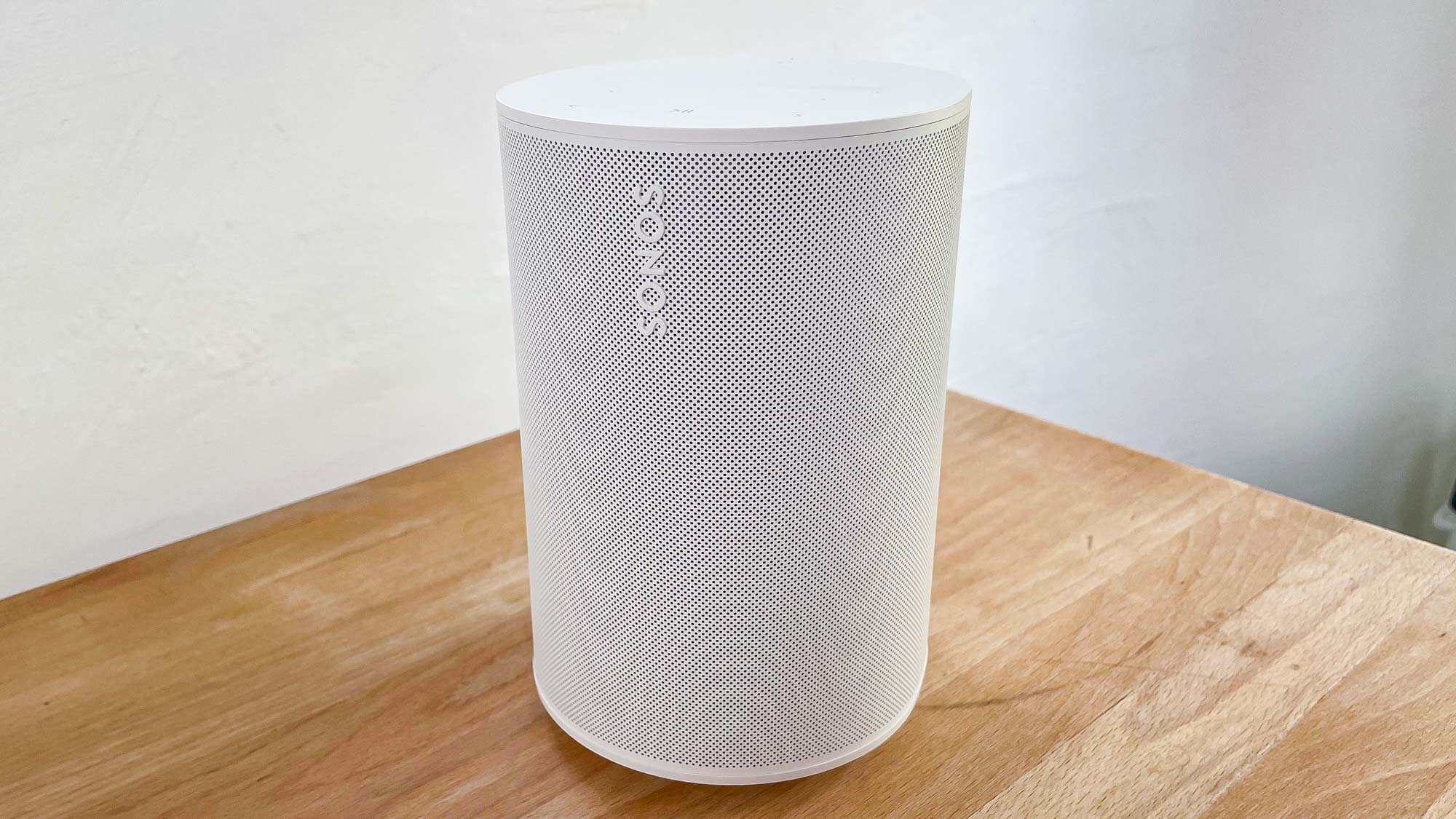

Specifications
Reasons to buy
Reasons to avoid
The Era 100 is the successor to the extremely popular Sonos One smart speaker, and the revamped design adds Bluetooth to the roster of connectivity upgrades and stereo sound. Just like all other Sonos speakers, the Era 100 supports dozens of streaming services will seamlessly connect and integrate with other Sonos models networked around the home. Along with built-in support for Alexa and Sonos voice assistants, the Era 100 can also connect to external sources such as one of the best turntables.
During testing, we enjoyed the greater bass depth, which seemed to dig deeper than the Sonos One, which had plenty of energy even at lower volume levels. Midrange clarity had just the right balance, and radio voices and vocal clarity were always convincing and expertly conveyed with whatever song or radio show we streamed. The stereo soundstage is perhaps a bit narrow even with the Era 100’s twin tweeter arrangement, but nevertheless it's a strong performance and a great Bluetooth addition to Sonos’ ecosystem.
Read our full Sonos Era 100 review
Also tested
Apple HomePod mini: now $99 @ Best Buy
Apple fans looking longingly at Amazon and Google’s budget smart speakers finally have a device to call their own. The Apple HomePod mini sounds great for its tiny size, and will certainly attract many more buyers than the $249 HomePod did. Plus it looks great, complete with a colorful glowing panel and a base that won't stain your furniture.
The HomePod mini also integrates well with your iPhone and other products in the Apple ecosystem. If you're a fan of the Siri assistant, you'll appreciate having it within voice's reach around your home. You can use it to control the best HomeKit devices at any time.
Read our full Apple HomePod mini review.
Google Nest Mini: now $49 @ Amazon
Like the Echo Dot, the Google Nest Mini is one of the best smart speakers you can get for less than $50. This flat puck fits virtually anywhere without taking up much space. Without changing the price or general appearance of the original Google Home Mini, Google made significant interior upgrades that make the Nest Mini better than its predecessor. The added microphone, twice as strong bass and in-house learning chip give it spectacular value for the price.
Touch-sensitive controls on the top of the Mini let you adjust volume, and are otherwise hidden, which gives its cloth-covered exterior a non-techy look. We also liked the fact that there's a physical switch to deactivate its microphone, for those times you don't want Google listening in. Plus, the hook on the back lets you hang it on the wall to save counter space. The Nest Mini also comes in a variety of colors: a modern-looking light-grey, Chalk, Charcoal gray, Coral orange and Sky blue.
Read our full Google Nest Mini review.
Amazon Echo Pop: now $39 @ Amazon
Amazon has once again delivered an inexpensive smart speaker that doesn’t skimp on quality. The flat spherical shape along with improved speaker hardware lets audio sound fuller despite this Echo Spot's compact size and budget price tag. Simply put, it's one of the best smart speakers under $50.
The Echo Pop’s purpose is to be more of a personal smart speaker and sacrifices smart home sensors to keep the price down. No, this isn't the solution for controlling all your connected home devices or filling your space with sound, plus it no longer has a 3.5mm audio line out. While it's a great gift or "starter" device for a smart home, we'd recommend the Echo Dot which offers more value for just a few dollars more.
Read our full Amazon Echo Pop review.
Amazon Echo Studio: now $199 @ Amazon
Perhaps tired of seeing Sonos eat its lunch, Amazon came out with its own premium smart speaker. The Echo Studio produces the best audio of any of Amazon's smart speakers, thanks to three 2-inch midrange speakers, a 1-inch tweeter, and a 5.3-inch woofer. You can also pair two Echo Studios together for stereo sound, and you can also use the Studio as a speaker for your HDTV as well as your Amazon Fire TV device.
The Echo Studio delivers great room-filling audio and visceral, chest-pounding bass, though in head-to-head tests, the Sonos Era 100 still sounded better, with more defined mids. But, because the Echo Studio has a 3.5mm input jack — something the Sonos lacks — you can plug a turntable directly into the Studio, which gives you both a streaming speaker and an output for your record collection in one device.
Read our full Amazon Echo Studio review.
How we test smart speakers
When evaluating a smart speaker, one of the first things we look at is its audio quality. After all, if a speaker doesn't sound good, then what use is it? We take into account the price and aim of the smart speaker here, too. If it's a small, budget device, we wouldn't expect it to sound as good as something that costs five times as much.
And, because it's a smart speaker, we also take into account what you can do with the voice assistant embedded inside. While smart speakers made by Amazon and Google naturally have all of the abilities of Alexa and Google Assistant, both companies exclude some features, such as the ability to make voice calls, from third-party manufacturers. So, if a speaker made by Amazon sounds the same as one made by another company, but that latter speaker doesn't have all of Alexa, then Amazon's device will get a higher rating.
We also look at the design of the speaker: How nice does it look? Does it have audio inputs, so you can connect things such as turntables or TVs? All these factors and more go into deciding what makes our list of the best smart speakers — and what doesn't.
How to choose the best smart speaker for your home
When deciding on a smart speaker, you must determine your sound quality needs and how much you're willing to spend. Amazon, Apple, and Google all offer a range of speakers with entry-level and premium options. You'll also want to account for your existing smart home setup. Although the second-generation HomePod offers the best sound quality, it wouldn't make much sense in a home that relies on legacy Zigbee devices that won't work with HomeKit.
That said, the larger HomePod and even compact HomePod Mini deliver the most impressive sound with deep bass and spatial audio, making it the top choice for high-end audio enthusiasts. Echo devices are great for everyday listening, but if you’re an audiophile, the majority of the Echo lineup is going to leave you bass-hungry. Meanwhile, Google's Nest speakers offer a comparable mid-range audio performance.
On the flip side, Amazon Echo devices are known for their value. The Echo Dot is one of the most affordable smart speakers on the market, yet it comes stacked with sensors for tons of smart home functionality at a low cost. Google's smart speakers compete directly with Amazon's mostly with the Nest Mini equivalent to the Echo Dot and mid-range Nest to the standard Echo. If you're set on either Alexa or Google Assistant, check out the best Alexa speakers and best Google Home speakers for more options.
Apple’s HomePod and HomePod mini are more expensive than many Amazon Echo and Google Nest products. For Apple loyalists, the sound quality and seamless integration with Apple’s ecosystem justify the higher price. For example, the HomePod mini is Apple's most affordable smart speaker and offers strong performance. Still, at $99, it's double the cost of the comparable Echo Dot or Nest Mini it competes with.
Sign up to get the BEST of Tom's Guide direct to your inbox.
Get instant access to breaking news, the hottest reviews, great deals and helpful tips.

Tammy and her generous collection of headphones have found a new home — Tom's Guide! After a two-and-a-half-year stint as iMore's resident audiophile, Tammy's reviews and buying guide expertise have more focus than ever on Tom's Guide, helping buyers find the audio gear that works best for them. Tammy has worked with some of the most desirable audio brands on the planet in her time writing about headphones, speakers, and more, bringing a consumer focussed approach to critique and buying advice. Away from her desk, you'll probably find her in the countryside writing (extremely bad) poetry, or putting her screenwriting Masters to good use creating screenplays that'll never see the light of day.
-
s.oliver.daniel This is not a comment. I would just like to know whether I would get total stereo sound from these "single" speakers if I place one of them in front of a PC monitor placed right in front me?Reply -
jbukow Check out the insignia google voice speakers from Best Buy, normally I don't recommend store brands but these are stereo 2.0 or stereo+subwoofer 2.1 portable speakers with battery, obviously support Google Voice Assistant, they sound really good and can hear you really well when music is playing, and are in the $70-$110 range.Reply -
itsjoecool Im trying to help my mom, who recently had a stroke. She is having trouble with spelling and math. Which of these devices would be the best at helping her spell words and do math?Reply -
gditrecruiter ITSJOECOOLReply
I just read an article that said Google Home is better. The rationale was that Google's algorithm is superior to Bing, which Amazon's products utilize for commands. I must admit when searching on the web, I always find Google blows Bing out of the water...
I think this is especially relevant for you/your mom. My mother, now deceased, had similar type of issues due to stroke. I know that the Google product would have suited her better.
An example they mentioned about Bing was you have to construct the question a particular way, whereas Google's commands you didn't really need to do that as much. For someone with a stroke, you want it to be as simple as can be.....
Wish you and your mom the best whatever you choose!
Robert -
murraysandes Do you think google will get around to updating software in google home and google home mini to include latency delay ability. Both my google home minis receive and produce audio quicker than my other powered speakers retro fitted with chrome cast audio meaning I can't use my google home mini as part of an audio group..very frustratingReply -
mdr1000ton You forget the Harman Kardon Invoke with cortana. A very good sounding speaker, better than most of the others, and a good price. Not too expensive and for the hardware it wort it.Reply -
murraysandes Reply20690354 said:You forget the Harman Kardon Invoke with cortana. A very good sounding speaker, better than most of the others, and a good price. Not too expensive and for the hardware it wort it.
So what does that have to do with the google,Home lack of latency issue -
mprospero Nope, we didn't forget the Invoke....https://www.tomsguide.com/us/harman-kardon-invoke,review-4795.htmlReply
